Publications of the Tang Center for East Asian Art, Princeton University14
Books in this series present new research and histories on works of art and material culture from across East Asia, including China, Japan, and Korea, and ranging from the ancient period to today.
-
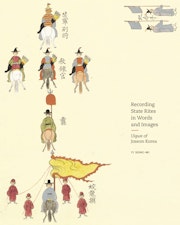
A beautifully illustrated, interdisciplinary look at the ceremonies and protocols of the dynastic court of Joseon Korea
-
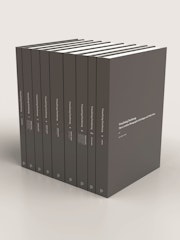
Available in a limited print run of 1,000 sets—the stunning nine-volume presentation of the incredible Buddhist caves at Dunhuang in northwestern China
-
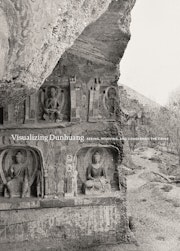
A beautifully illustrated study of the caves at Dunhuang, exploring how this important Buddhist site has been visualized from its creation to today
-
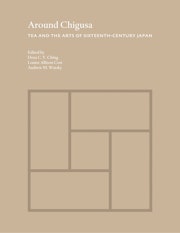
An in-depth look at the dynamic cultural world of tea in Japan during its formative period
-
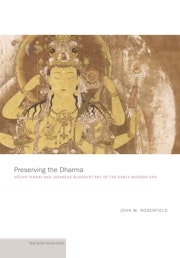
In this beautifully illustrated book, eminent art historian John Rosenfield explores the life and art of the Japanese Buddhist monk Hozan Tankai (1629–1716). Through a close examination of sculptures, paintings, ritual implements, and...
-
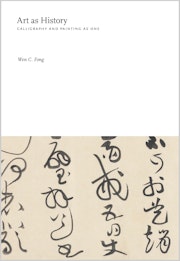
This richly illustrated book provides an anthology and summation of the work of one of the world's leading historians of Chinese painting and calligraphy. Wen Fong helped create the field of East Asian art history during a distinguished...
-
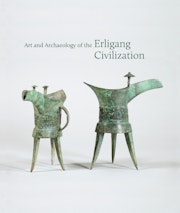
Named after an archaeological site discovered in 1951 in Zhengzhou, China, the Erligang civilization arose in the Yellow River valley around the middle of the second millennium BCE. Shortly thereafter, its distinctive elite material...
-
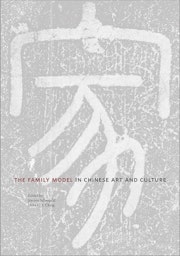
The family model has been central to patterns of social organization and cultural articulation throughout Chinese history, influencing all facets of the content and style of Chinese art. With contributors drawn from the disciplines of...
-
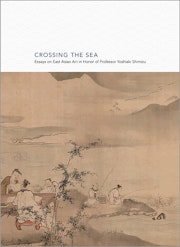
Yoshiaki Shimizu, one of the foremost scholars of Japanese art history, taught at Princeton University for more than twenty-five years, during which time he trained many students who have become respected professors and museum...
-
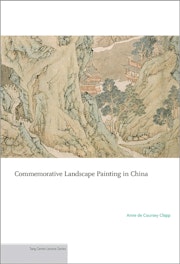
When is a landscape more than a landscape? This is a richly illustrated study of an important genre of Ming-dynasty Chinese painting in which landscapes are actually disguised portraits that celebrate an individual and his achievements...
-
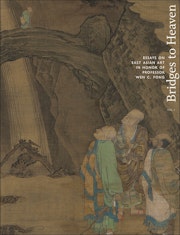
Wen C. Fong established America's first program in East Asian art history at Princeton University, where he taught Chinese art from 1954 to 1999. During this time, he supervised more than thirty PhD students, most of whom have gone on...
-
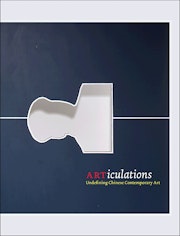
What does it mean to say that some of the best Chinese contemporary art is made in America, by Americans? Through words and images, this book challenges the artificial and narrowly conceived definitions of Chinese contemporary art that...
-
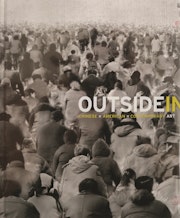
The art world is currently enthralled with contemporary Chinese art. This thoughtful book argues, however, that American audiences have been exposed only to a narrow range of what is available—with the majority of attention having...
-
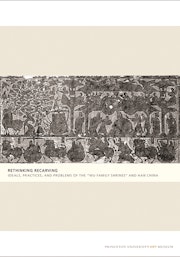
The “Wu Family Shrines” pictorial carvings from Han dynasty China (206 BCE–220 CE) are among the earliest works of Chinese art examined in an international arena. Since the eleventh century, the carvings have been identified by...